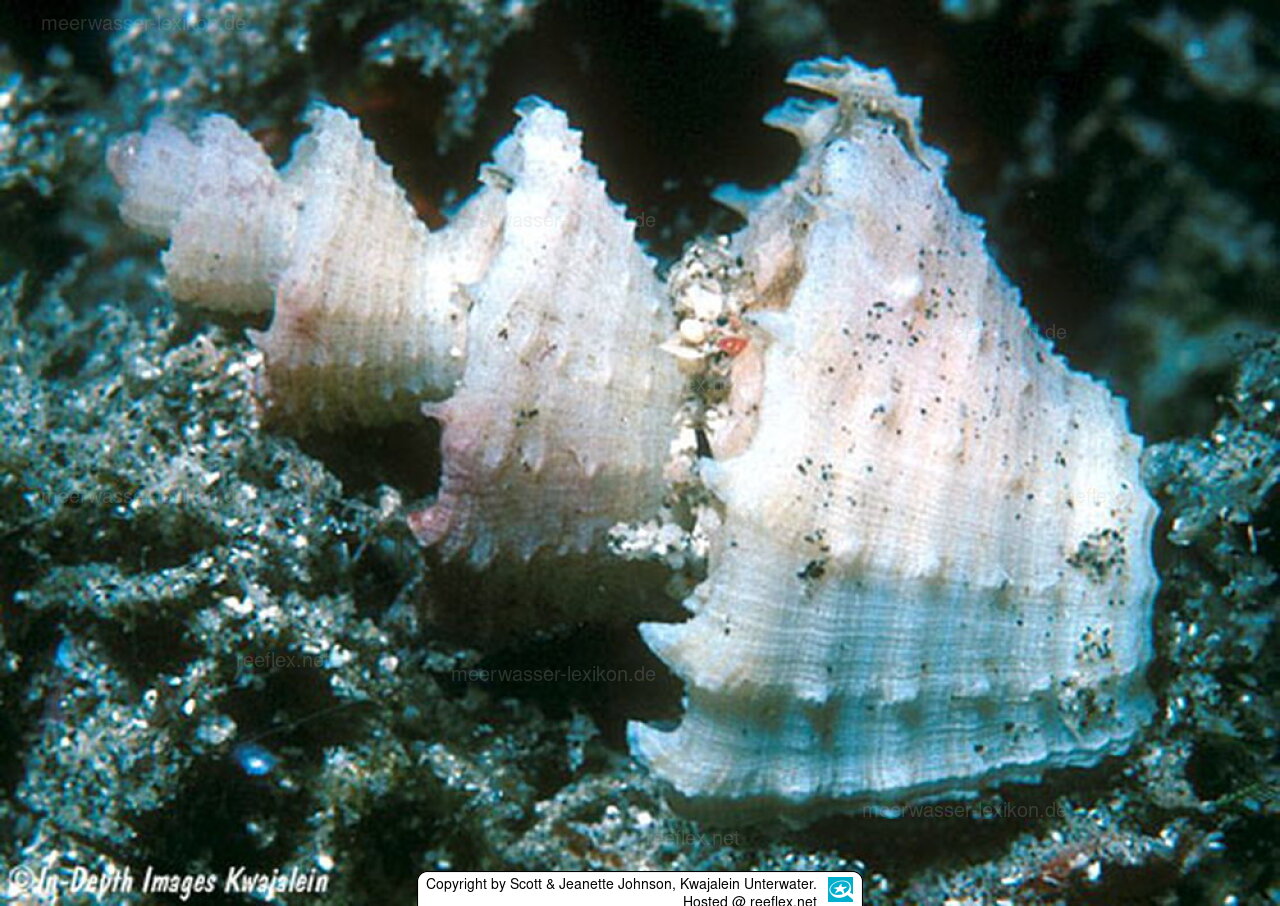Info
Trigonostoma thysthlon Petit & Harasewych, 1987
Cancellariidae, common name the nutmeg snails or nutmeg shells, are a family of small to medium-large sea snails, marine gastropod mollusks in the clade Neogastropoda. Some of the shells of the species in this family resemble a nutmeg seed.
Snails of this family are distributed worldwide. They are temporary ectoparasites on mussels, snails and fish whose blood they suck. They also eat eggs and spawning capsules as predators.
Cancellariidae, common name the nutmeg snails or nutmeg shells, are a family of small to medium-large sea snails, marine gastropod mollusks in the clade Neogastropoda. Some of the shells of the species in this family resemble a nutmeg seed.
Snails of this family are distributed worldwide. They are temporary ectoparasites on mussels, snails and fish whose blood they suck. They also eat eggs and spawning capsules as predators.







 Scott & Jeanette Johnson, Kwajalein Unterwater
Scott & Jeanette Johnson, Kwajalein Unterwater

